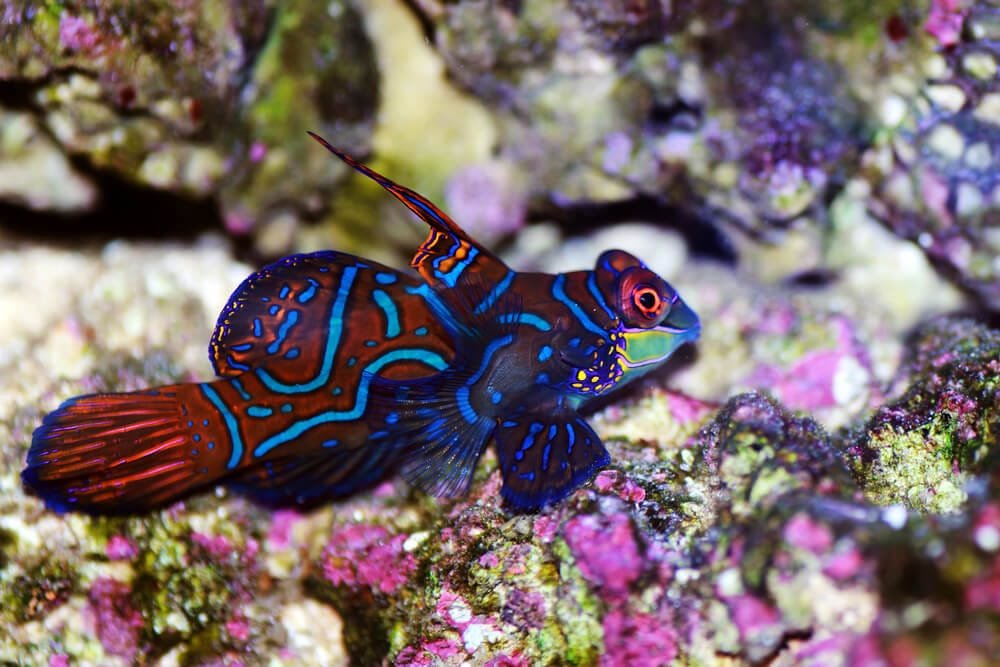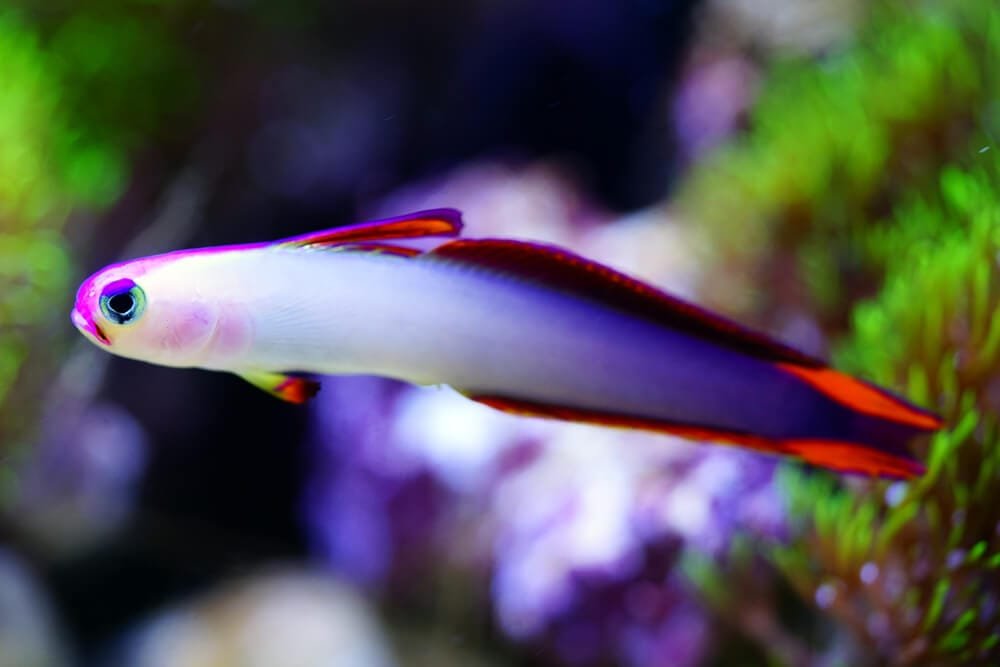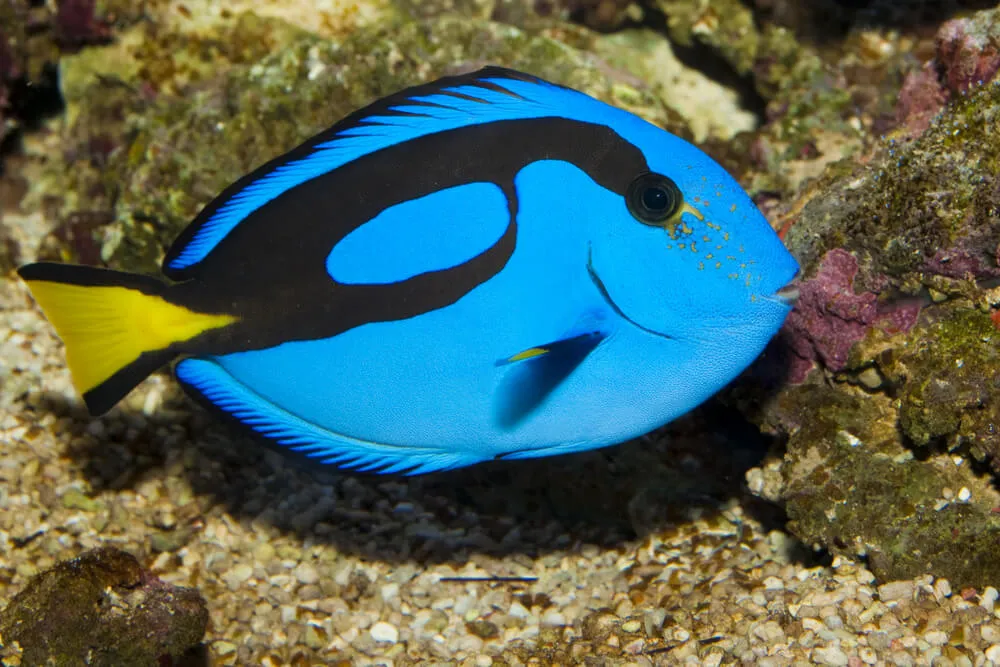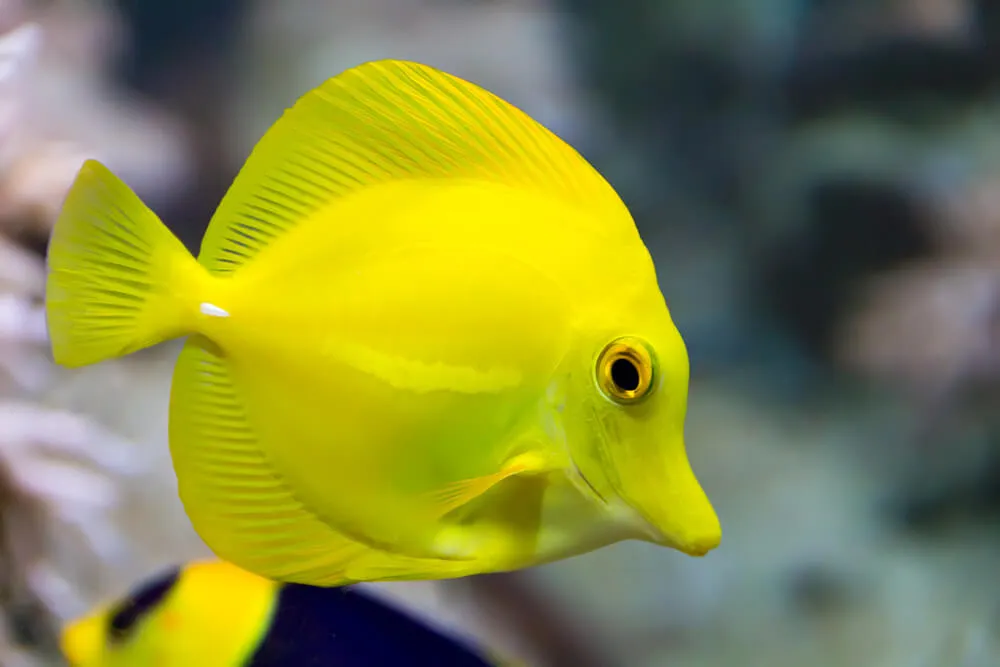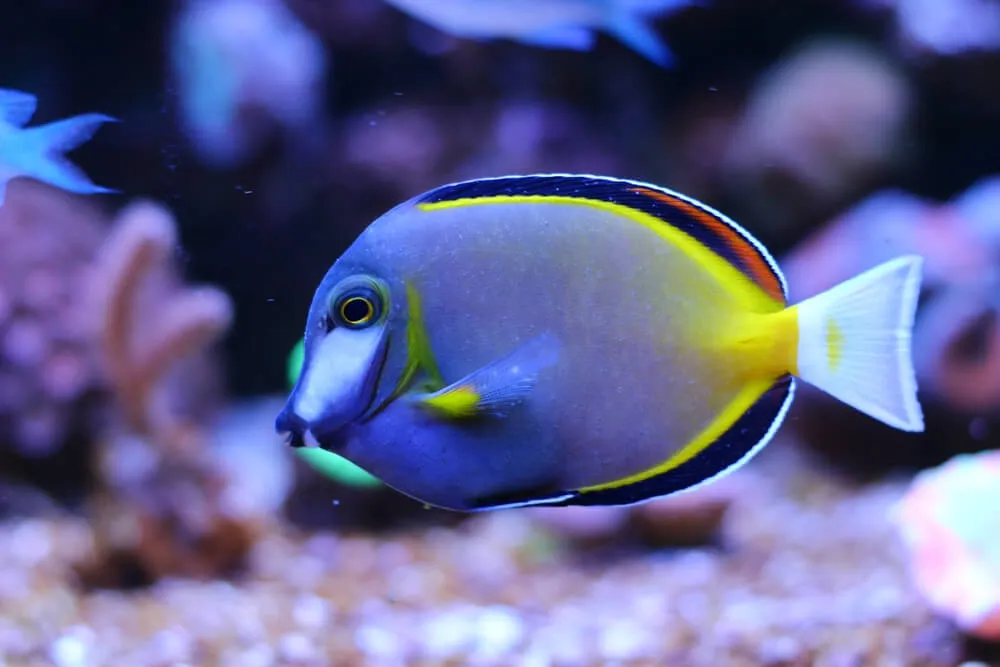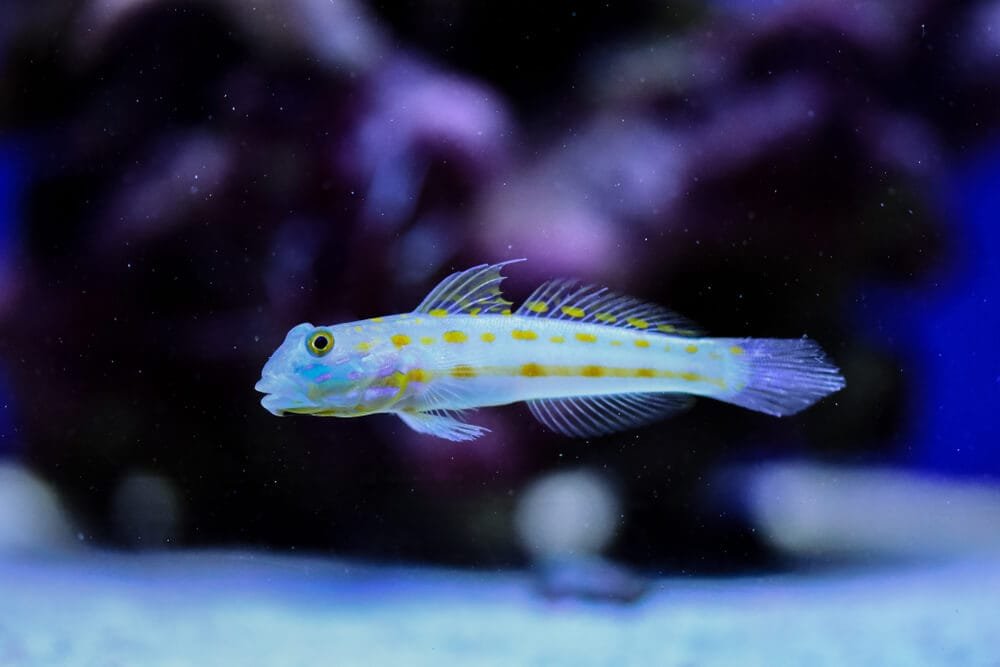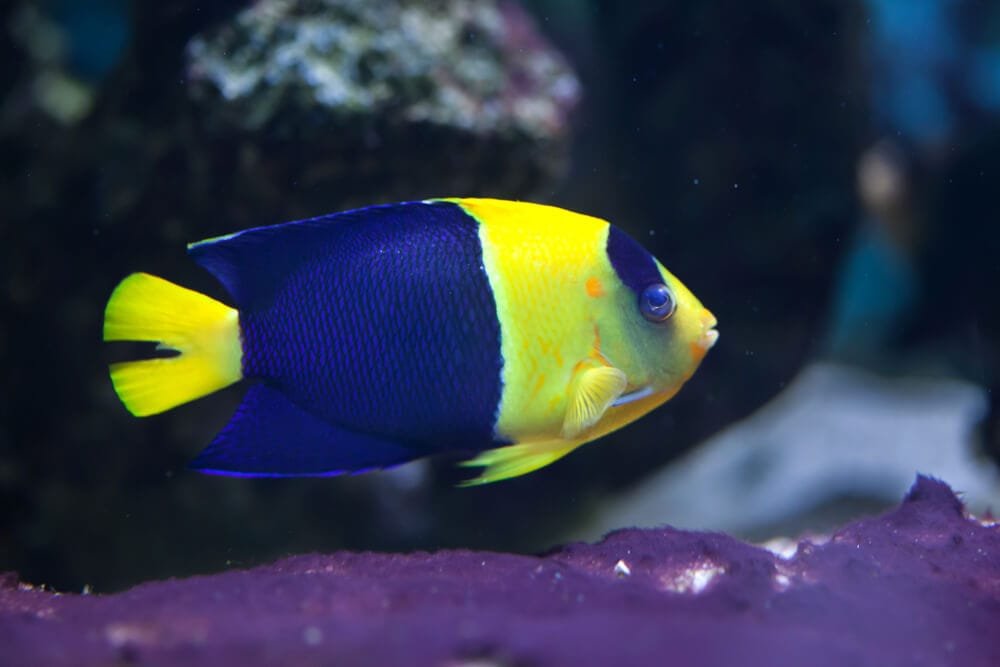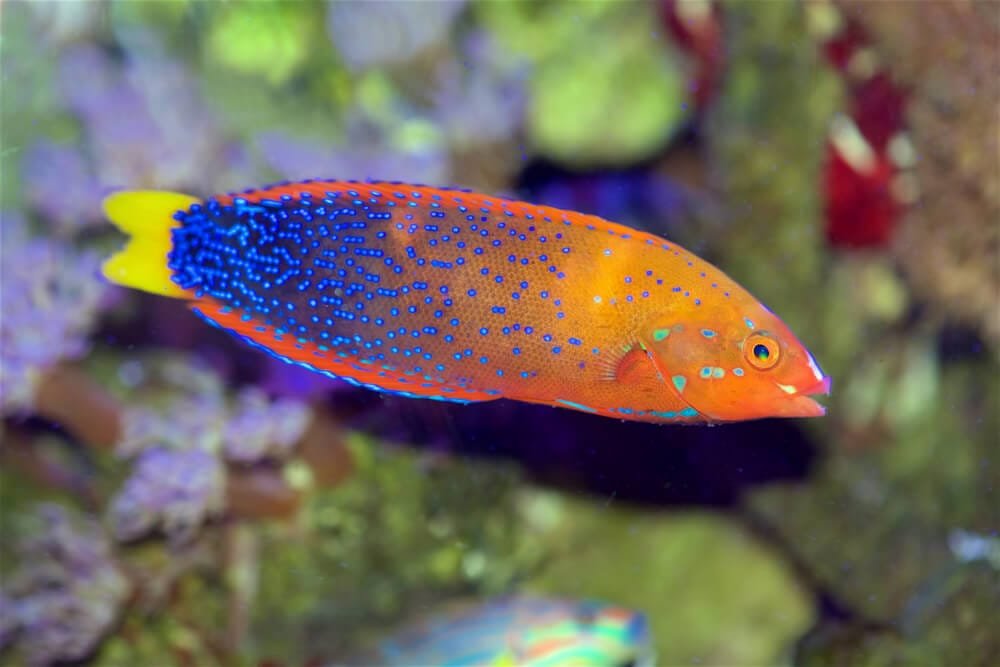Choosing Compatible Tank Mates For Your Lionfish
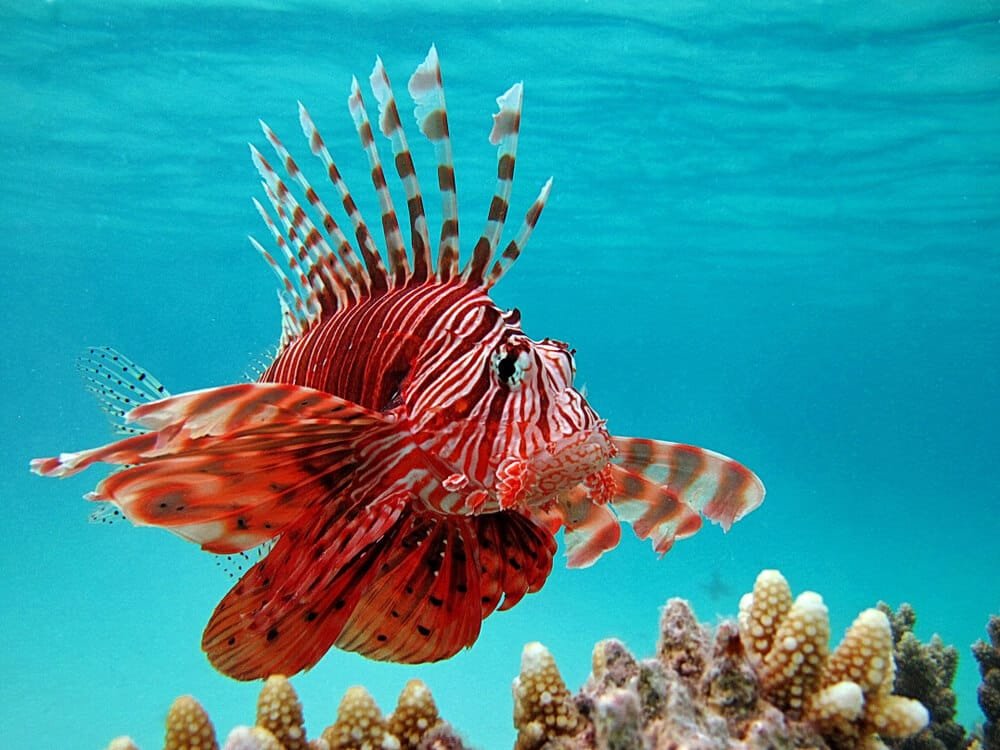
If you’re a proud owner of a lionfish and want to add some companions in your tank, you may be wondering who would make the perfect tank mate. Look no further! In this article, we will explore the best tank mates for lionfish, ensuring a harmonious and balanced aquatic environment for your magnificent fish. Whether you’re a seasoned aquarium enthusiast or a novice aquarium keeper, this guide will provide you with valuable insights to help you make the right choices and create a thriving community within your tank. So, let’s dive in and discover the ideal companions for your lionfish!
Species to Avoid as Tank Mates
Aggressive Predators
When selecting tank mates for your lionfish, it is crucial to avoid aggressive predators. These species can pose a threat to your lionfish and potentially harm or even kill them. Aggressive predators may exhibit territorial behavior or have a carnivorous diet that can lead to conflict in the tank. It is best to steer clear of aggressive fish such as groupers, barracudas, and large predatory eels when considering tank mates for your lionfish.
Small Fish
Given the lionfish’s opportunistic nature, it is wise to avoid introducing small fish into its tank. Lionfish have a voracious appetite and tend to view smaller fish as potential meals rather than tank mates. The lionfish’s ability to swallow prey up to twice its size puts small fish at a higher risk of becoming a snack. Therefore, it is advisable to avoid species like neon tetras, guppies, and other small fish as tank mates for your lionfish.
Bottom-Dwelling Species
Lionfish are known for their striking appearance and predatory instincts, making them well-suited for an active and open swimming environment. As such, it is recommended to avoid bottom-dwelling species when choosing tank mates for your lionfish. Bottom-dwelling fish, like certain types of gobies or blennies, typically occupy a different niche in the tank and may not be compatible with the lionfish’s swimming habits. Additionally, the lionfish’s aggressive feeding behavior could lead to competition for food and potential conflicts.
Compatible Tank Mates for Lionfish
Groupers
Groupers are known for their calm demeanor and are a compatible tank mate option for lionfish. These larger, robust fish can hold their own and are less likely to be seen as prey by the lionfish. Groupers are generally peaceful and can coexist harmoniously with lionfish. Some suitable grouper species to consider include the Panther Grouper and the Coral Hind Grouper.
Triggerfish
Triggerfish are another suitable choice for lionfish tank mates. Known for their unique shape and vibrant patterns, triggerfish are generally peaceful but may become territorial if crowded. Choosing larger triggerfish species, such as the Clown Triggerfish, can help establish a balance within the tank and reduce the risk of conflicts with lionfish.
Pufferfish
Pufferfish, with their distinctive round bodies, are fascinating tank mates for lionfish. They add visual interest to the tank and are generally compatible with lionfish. However, it is crucial to ensure that the tank is spacious enough to accommodate both species comfortably. Pufferfish may occasionally become territorial, so monitoring their behavior is essential.
Blennies
Blennies are small, colorful fish that can coexist peacefully with lionfish. They inhabit various niches in the tank, including coral reefs and rock crevices, which allows for a diverse and harmonious tank environment. Blennies have unique behaviors and personalities, making them an interesting addition to any lionfish tank.
Wrasse
Wrasse are known for their vibrant colors, energetic nature, and ability to clean other fish of parasites. They can make excellent tank mates for lionfish due to their peaceful disposition and non-threatening size. Selecting wrasse species like the Cleaner Wrasse or the Fairy Wrasse can help maintain the overall well-being of your lionfish and contribute to a visually captivating tank environment.
Other Marine Species to Consider
Damselfish
Damselfish are small, hardy fish that can thrive in various tank environments. They are relatively peaceful and can coexist with lionfish without major conflicts. Some damselfish species, like the Azure Damselfish and the Yellowtail Damselfish, can add vibrant colors and a lively presence to your lionfish tank.
Dartfish
Dartfish are slender, visually striking fish that can make interesting tank mates for lionfish. They inhabit various levels of the tank and tend to stay towards the middle and upper regions. Dartfish are generally peaceful and can coexist harmoniously with lionfish. Species like the Firefish Dartfish and the Spotted Dartfish are popular choices due to their striking appearance and compatibility with lionfish.
Angelfish
Angelfish are known for their dazzling array of colors and unique body shapes. While some larger angelfish species can be aggressive, there are peaceful options that can be compatible with lionfish. It is important to choose angelfish species that are less likely to exhibit territorial behavior, such as the Flame Angelfish or the Coral Beauty Angelfish.
Filefish
Filefish are fascinating creatures with their elongated bodies and intricate patterns. They can be compatible tank mates for lionfish, as they are generally peaceful and have unique feeding habits. Filefish species like the Whitley’s Filefish and the Scrawled Filefish can add visual interest and diversity to your lionfish tank.
Parrotfish
Parrotfish are known for their distinctive beak-like jaws and vibrant colors. They are generally peaceful fish and can make suitable tank mates for lionfish. Parrotfish play an essential role in coral reefs by grazing on algae, making them valuable additions to maintaining the overall ecosystem of your lionfish tank.
Careful Introduction of Tank Mates
Quarantine New Tank Mates
Before introducing new tank mates to your lionfish tank, it is crucial to quarantine them first. Quarantining allows you to observe and ensure the health and well-being of the new fish. It also helps prevent the introduction of diseases or parasites into your established tank. Keep the new fish in a separate quarantine tank for a few weeks, monitoring their behavior, appetite, and overall condition before introducing them to your lionfish.
Gradual Introduction
When introducing new tank mates to your lionfish, it is essential to do so gradually. Sudden additions can disrupt the tank’s dynamic and potentially trigger aggressive behavior. Begin by placing the new fish in a separate acclimation container inside the tank, allowing them to adjust to the water temperature and chemistry. After a few hours, slowly release the new fish into the tank and closely monitor their interactions with your lionfish.
Observe Compatibility
While research and recommendations can guide your selection of compatible tank mates, it is crucial to observe the interactions between your lionfish and the new additions. Different fish species have unique personalities, and compatibility can vary. Pay close attention to any signs of aggression or stress, such as fin nipping or chasing. If any conflicts arise, it may be necessary to reconsider the compatibility of the tank mates or provide additional hiding spots to reduce aggression.
Tank Set-up and Environment
Adequate Space and Hiding Spots
Creating a suitable tank environment for your lionfish and its tank mates requires providing adequate space and hiding spots. Lionfish are active swimmers and prefer a spacious tank with enough room to move around freely. Additionally, it is crucial to incorporate hiding spots, such as caves, rock formations, or coral structures, to allow the lionfish and its tank mates to retreat for security and establish territories.
Coral and Invertebrates
Adding coral and various invertebrates to your lionfish tank can enhance its visual appeal while creating a more natural and stimulating environment. However, it is crucial to select coral species and invertebrates that are compatible with lionfish. Avoid delicate coral species that could be damaged by the lionfish’s fins or those that may sting or harm the lionfish. Research suitable coral species and invertebrates that can coexist harmoniously with both lionfish and their tank mates.
Compatible Water Conditions
Maintaining suitable water conditions is essential for the overall health and well-being of your lionfish and its tank mates. Research the specific requirements of the species you plan to keep and ensure that the water temperature, salinity, pH levels, and filtration system meet their needs. Regular water testing and maintenance, including regular water changes, will contribute to a stable and thriving marine environment.
Feeding Considerations
Suitable Live and Frozen Foods
Lionfish are carnivorous predators and require a diet rich in protein. Offering a variety of live and frozen foods can ensure a well-rounded and nutritious diet for your lionfish and its tank mates. Suitable live foods include small fish, shrimps, and crustaceans. Frozen foods, such as brine shrimp, mysis shrimp, and small pieces of fish or squid, can also be incorporated into their diet. Avoid feeding them solely on live feeder fish to prevent potential health issues and imbalances in their diet.
Avoid Overfeeding
Overfeeding can lead to various health issues and water quality problems. It is important to feed your lionfish and its tank mates an appropriate amount of food based on their size and dietary requirements. Monitor their feeding behavior and adjust the portion sizes accordingly. It is generally recommended to feed them small, frequent meals to mimic their natural feeding habits without creating excess waste in the tank.
Separate Feeding Stations
When keeping lionfish with tank mates, it is beneficial to provide separate feeding stations. Lionfish can be voracious eaters and may outcompete their tank mates for food. By using feeding stations like floating rings or feeding clips, you can ensure that each fish has access to its fair share of food. This helps prevent aggression during feeding time and allows each species to thrive.
Maintaining Peace in the Tank
Proper Monitoring
Regular monitoring of the tank and its inhabitants is crucial to maintaining peace and harmony. Pay close attention to any signs of aggression, stress, or changes in behavior among your lionfish and its tank mates. These signs can indicate compatibility issues, improper tank conditions, or health concerns. Promptly addressing any problems that arise can help maintain a balanced and peaceful environment for all the species in your tank.
Avoid Overstocking
Overstocking the tank can lead to overcrowding and increased competition for resources, such as food, territory, and hiding spots. It is important to consider the appropriate stocking levels based on the tank’s size and the needs of the fish species you intend to keep. Keeping a balanced number of compatible tank mates will help minimize stress, aggression, and potential conflicts within the tank.
Provide Sufficient Food
Ensuring all the fish in your tank receive sufficient food is essential for maintaining peace and reducing aggression. Insufficient food can lead to heightened competition and stress among the tank mates. Monitor the feeding behavior of each species and adjust the amount and frequency of feeding as needed. Providing enough food for all fish in the tank will help promote tranquility and a healthier overall tank environment.
Considerations for Reef Tanks
Reef-Safe Tank Mates
If you have a reef tank, it is important to choose reef-safe tank mates for your lionfish. Reef-safe species are those that have minimal impact on coral and invertebrate life. The lionfish’s aggressive hunting behavior and potential for damaging delicate corals make it important to select fish species that will not disturb or harm the reef ecosystem. Research each potential tank mate to ensure they are reef-safe and compatible with the needs of your lionfish.
Avoid Nuisance Behavior
Certain fish species may display nuisance behavior, such as constantly rearranging corals or digging in the substrate, which can disrupt the overall balance and tranquility of a reef tank. Avoid selecting tank mates that may exhibit such behavior. Opt for peaceful species that are unlikely to disturb or damage the coral structures and other invertebrates in the tank.
Special Considerations for Species with Venomous Spines
Fish with Venomous Spines
Lionfish have venomous spines that serve as a defense mechanism and can cause painful stings. It is important to exercise caution and take appropriate safety precautions when interacting with lionfish or introducing tank mates with venomous spines. Avoid handling lionfish directly and use suitable tools, such as nets or long-handled equipment, for maintenance tasks or transferring them between tanks. When selecting tank mates, ensure that other species do not have venomous spines or other defensive mechanisms that may pose a risk to you or the lionfish.
Handling and Safety Precautions
When handling lionfish or carrying out tank maintenance tasks, wear protective gloves to reduce the risk of being stung by their venomous spines. Lionfish stings can be painful and, in rare cases, may require medical attention. Be mindful of the lionfish’s location within the tank, as they can quickly react to perceived threats and extend their venomous spines. Taking necessary precautions will help minimize the chances of accidental stings and ensure your safety while caring for your lionfish and its tank mates.
Conclusion
Choosing compatible tank mates for your lionfish is essential for maintaining a balanced and healthy marine environment. By avoiding aggressive predators, small fish, and bottom-dwelling species, and instead opting for suitable options like groupers, triggerfish, pufferfish, blennies, and wrasse, you can ensure peaceful coexistence in your tank.
Remember to carefully introduce new tank mates by quarantining them, gradually acclimating them to the tank, and observing their compatibility with your lionfish. Providing a well-designed tank setup with adequate space, hiding spots, and compatible water conditions will promote a stress-free environment.
Feeding considerations, such as providing suitable live and frozen foods, avoiding overfeeding, and using separate feeding stations, will help maintain good nutrition and prevent conflicts during mealtimes. Regular monitoring, avoiding overstocking, and ensuring sufficient food for all tank inhabitants will contribute to a harmonious tank ecosystem.
Reef tank owners should choose reef-safe tank mates and avoid species that may display nuisance behavior. Additionally, special precautions should be taken regarding the lionfish’s venomous spines, both when handling the lionfish and selecting other species as tank mates.
By following these guidelines and maintaining a balanced and healthy marine environment, you can enjoy the beauty of your lionfish and its harmonious tank community for years to come.
